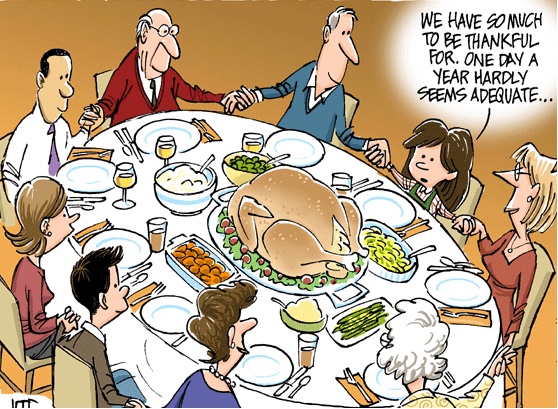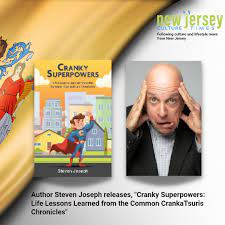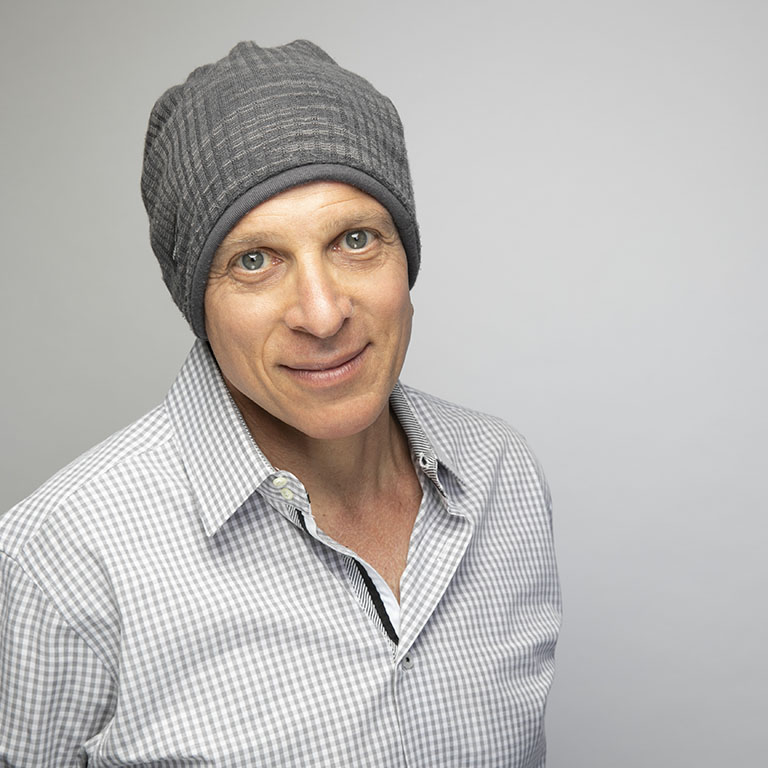
I hate self-help books. Well, not exactly. I enjoy Chapter One. Chapter One typically introduces us to some common problem with that simple solution. It is like reading the last chapter of the Wizard of Oz, and the author is a self-proclaimed wizard. This Wizard then describes to us how he or she got to hand out the diploma to the Scarecrow, the ticking clock to the Tin Man, and the medal of bravery to the Lion. Now, start to read Chapter Two.
Let me take a step back into my history. I was married to a therapist for twenty years, and she was the one who ordered all those self-help books for me. I read each one because I was deeply in love, and always needed help anyway. She would quiz me on what chapter I was up to, and if I was only up to Chapter Five, there was disappointment because she had lined up four more self-help books waiting to be read. I always had to speed up to get to the next one.
Each of these books were typically written by another therapist. To be honest, it did not read exactly like the Wizard of Oz. Each of these books would describe the great idea that the therapist used with the therapist’s patients, and I did enjoy Chapter One. It described a difficult relationship problem, and the therapist described some thought process on how to improve communications and listening skills.
The rest of the book just goes on to bring up the same great idea with different patients, and the book begins to read like “The Therapist’s Greatest Hits.” My experience then began to feel like I am sitting in the waiting room to get my own car fixed, and because I am waiting so long, the mechanic offers to let me watch him do another tune-up.
I say politely; “I already saw you perform four tune-ups, and I have no interest in entering the car mechanic profession.”
Other self-help books has the one great idea, but at least, that therapist takes about five sessions to cure the patient. Every session has its own chapter. Of course, when Patient Number One is cured in Chapter Five, Patient Number Two walks in starting in Chapter Number Six.
All these books, written by therapists, were not the original self-help books. The original self-help books were illustrated children stories. Wonderful illustrations, a fun story, great characters, and a heart-warming lesson at the end. It is the kind of story that you want to read to your child before they would go to bed.
However, these books had their own issues. The characters did not act in the way you would think they would act in the situation presented. Hansel and Gretel’s parents decide to take the kids out to be eaten by wild animals. Can you really say that if you were Hansel or Gretel, your parents’s decision to have you eaten alive in a dark forest would not upset you in the least? If you were Cinderella, would you really just take on that sort of abuse from three narcissistic step-sisters?
These two problems led me to write first a children’s book “The Last Surviving Dinosaur: The TyrantoCrankaTsuris”, and then, the adult version, “A Grownup Guide to Effective Crankiness: The CrankaTsuris Method.’ Both take on the concept of crankiness, but also, they are about knowing our true voice, and learning how to embrace it with both mindfulness and empathy.
Starting from the mindset of writing a children’s book, which came first, allowed me the freedom to start telling stories to adults. I wanted the stories to resonate with each reader. The stories take along tools that the reader can use in their own life, and the story can be the anchor that reminds the reader of the tools that they already have.
Because each story talks about a different situation, and has a slightly different message, I stay away from being the mechanic inviting the impatient customer to watch another tune-up.
One of my favorite chapters in my own book is titled “Drive Me Crazy CrankaTsuris.” This chapter describes what happens when two sentences tied together start screaming in your head.
“It drives me crazy when….” and “I cannot understand how.”
This then sets up the story that follows, and we can see that those two sentences are pretty much universal for all of us. It is a common experience. Once we see that this is not just a personal affliction, we can then examine it, and start to be a little less crazy.
Now, I can give my advice to those people out there who also hates self-help books, but may want to write their own.
The trick is to start to write a good bed-time story. They are not just for the kids.




